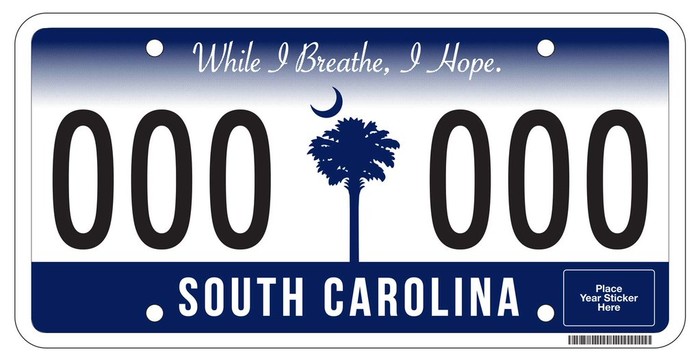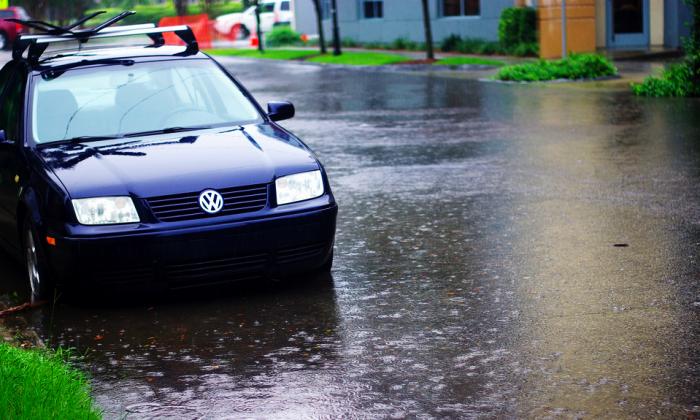Flickr user The Official CTBTO Photostream
Besides the near nuclear disaster, there's a quaint piece on automated production utilizing "electronic machines"
Update June 25, 2012: As part of WMBF News' week-long feature on the Florence community, they visited with the family who got 'the bomb' dropped on them.
WMBF News Anchor David Klugh visited the with Walter Gregg, the owner of the land the military accidently dropped an un-armed nuke on.
via WMBF News
"After a short trek through the woods, we have finally found the site where that bomb struck," says WMBF News Anchor David Klugh. "You can see a canopy where people have posted articles and clippings that describe exactly what happened here. And just to the left of that...a diagram showing the actual size of that bomb where 6.000 pounds of explosives detonated when that thing hit the ground...[leaving] the crater, originally 75 feet wide, 35-feet deep, all the result of an accident that occurred at 15,000 feet."
Read WMBF's full report here.
First Report April 24, 2012: Back in March of 1958 a American B-47E bomber was on it's way to Great Britain when over the skies of Florence, SC a simple mistake could have destroyed the entire area.
via Wikipedia:
a U.S. Air Force B-47 Stratojet from the Hunter Air Force Base's 308th Bombardment Wing in Savannah, Georgia took off around 4:34 p.m. It was scheduled to fly to the United Kingdom for Operation Snow Flurry. The plane was required to carry nuclear weapons in the event of war breaking out with the Soviet Union. Air Force Captain Bruce Kulka was the navigator and was summoned to the bomb bay area after the captain of the plane had encountered a fault light in the cockpit indicating that the bomb harness locking pin for the transatlantic flight did not engage. As Kulka was reaching around the bomb to pull himself up, he mistakenly grabbed the emergency release pin. The Mark 6 bomb dropped to the floor of the B-47 and the weight forced the bomb bay doors open sending the bomb 15,000 feet (4,572 m) down to the ground below.
Although the bomb did not contain the removable core of fissionable uranium and plutonium (the core was securely stored in a containment area onboard the plane and thus not technically a traditional "atomic" bomb per se.), it did contain 7,600 pounds (3,447 kg) of conventional explosives.
Luckily the nuclear warhead did not go off and was disabled in-transit, however, the bomb did technically go off. As MotherBoard points out:
The payload was released right over the home of Mr. Walter Gregg of Mars Bluff, a small, rural area of South Carolina. The trigger, 7,600 pounds of TNT, went off on impact, obliterating poor Gregg’s house, injuring his family, damaging a nearby church and houses within a five-mile radius. According to local reports, the TNT itself left a crater 70 by 35 feet wide and was big enough to produce a small mushroom cloud. Greggs received a small settlement.
The crater left by the bomb is still visible on Google Maps, see below.
We have a feeling that if that nuclear device was armed, present-day Myrtle Beach would be a whole lot different.



